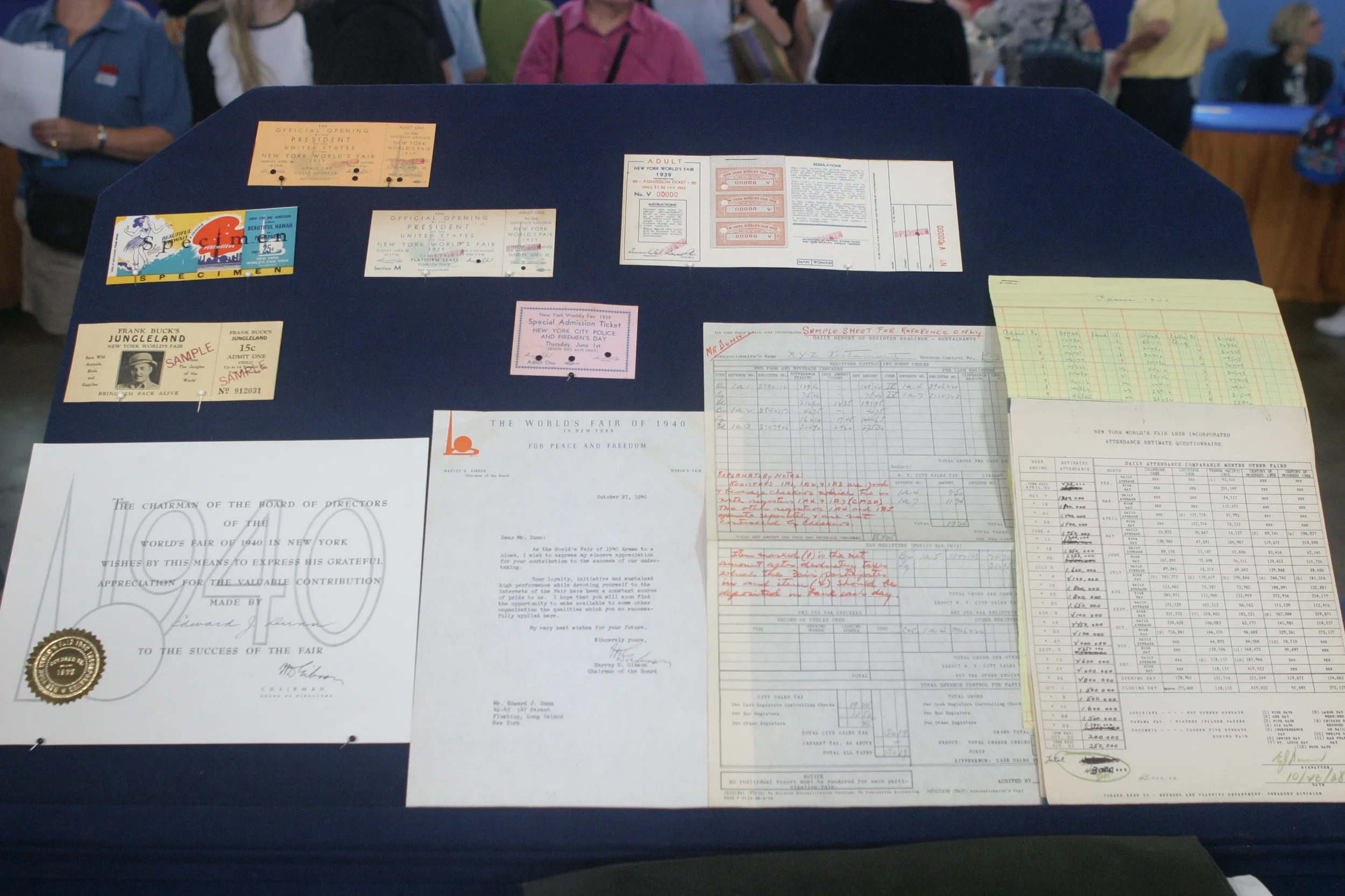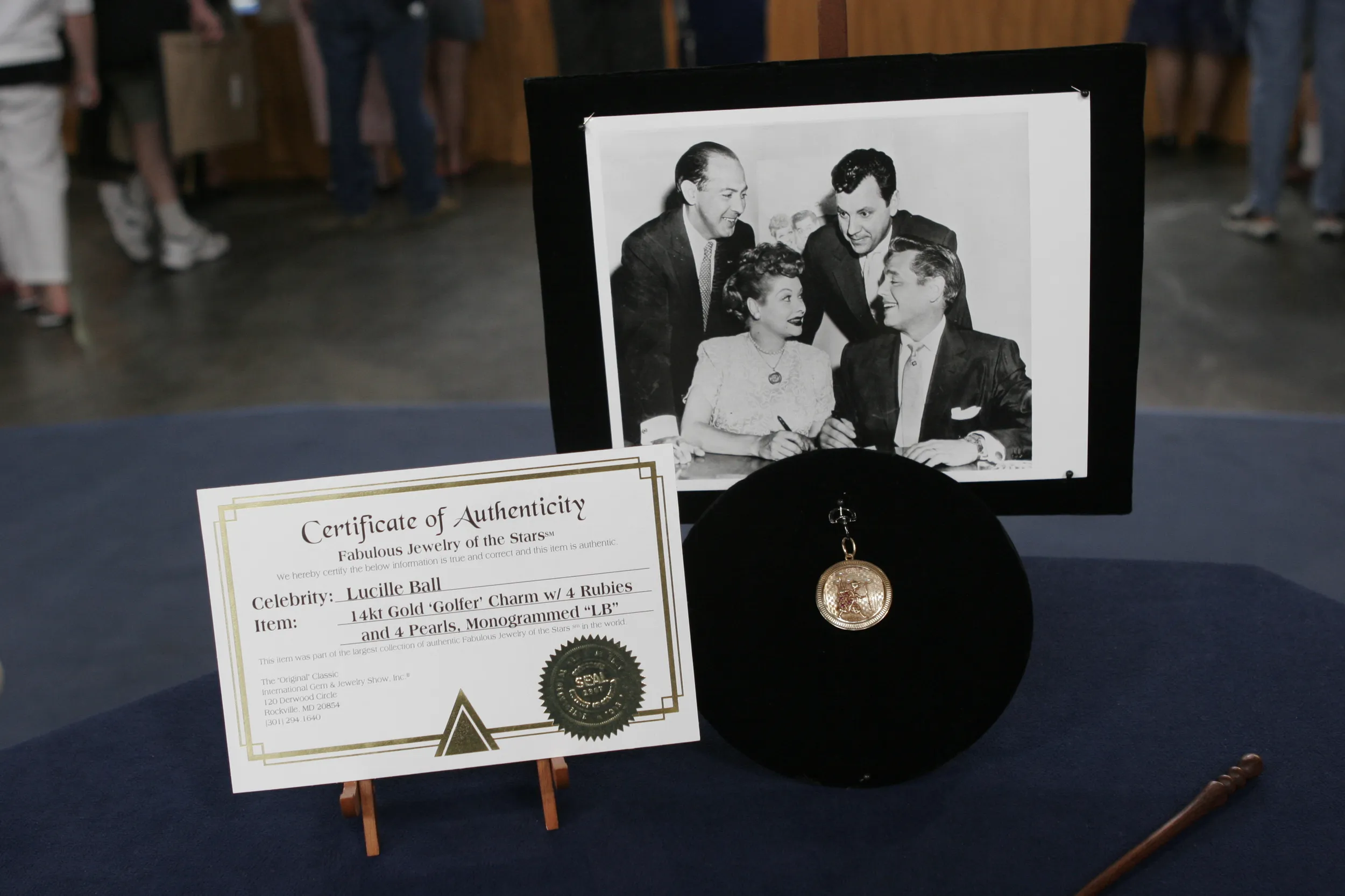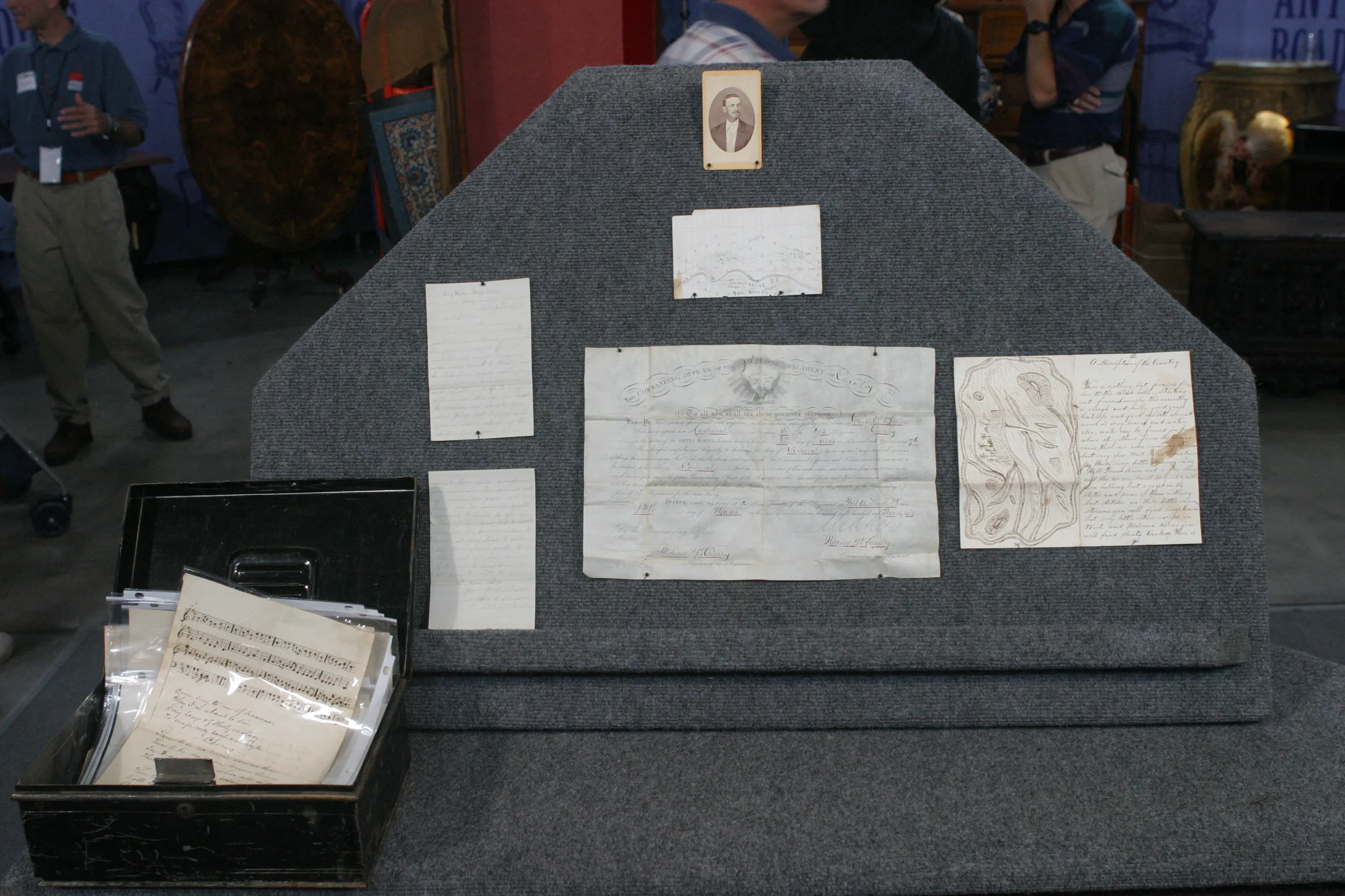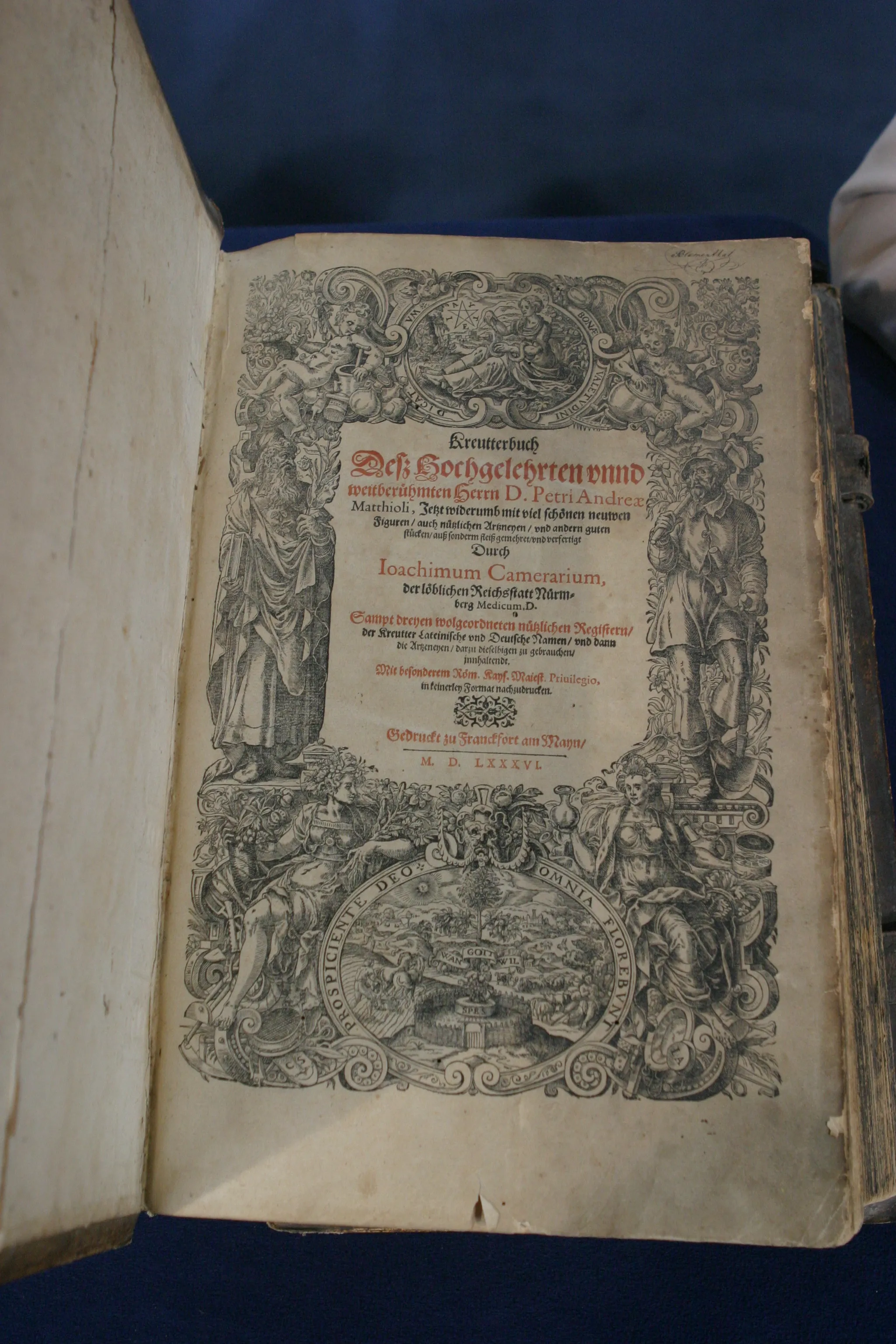GUEST: I brought a Humphreys' Specifics cabinet that was part of my dad's pharmacy in Beemer, Nebraska. He bought the pharmacy in 1933, and I think it was part of the inventory.
APPRAISER: Mm-hmm.
GUEST: I'm an only child, so… that's where I got it.
APPRAISER: So how long was he a pharmacist?
GUEST: He graduated from University of Nebraska Lincoln Pharmacy College in 1933.
APPRAISER: Did he mostly work as a druggist, he had his own pharmacy?
GUEST: He had his own pharmacy, well, along with the, you know, you had a soda fountain and all those things, too.
APPRAISER: Well, what I find fascinating about this is it's a Humphreys' cabinet from approximately 1930.
GUEST: Yes.
APPRAISER: And on the back here, this would sit up on the counter, it would say, "Humphreys' Specifics." And it's a wonderful cabinet that looks absolutely beautiful.
GUEST: Yes.
APPRAISER: And what the customers would do, they would come to the pharmacy and point out exactly what was wrong with them. Did they have fevers or congestion? Worms, whooping cough...
GUEST: Yes, yes, that's all homeopathic medicines.
APPRAISER: Right, folks would come in and point to exactly what was wrong with them.
GUEST: Yes.
APPRAISER: …And then they'd say, "Sir, I need number 34," which is what? Oh, a sore throat, great. (laughs)
GUEST: (laughs) Great.
APPRAISER: So you got a sore throat. Then the druggist, pharmacist would go into drawer 34 and pull out whatever item…
GUEST: Yes!
APPRAISER: …that would cure their specific diseases or maladies.
GUEST: Absolutely.
APPRAISER: The Humphreys' manual, talking about what each drug was, and they stress it, "No narcotics, no opiates, no dope, and no habit-forming drugs." So at least at this point in the 1930s, they're aware of…
GUEST: Oh, yes.
APPRAISER: …Some of the troubles that could come from...
GUEST: Oh, I think there were a lot of those in those days –
APPRAISER: Yeah.
GUEST: -- just like there are now.
APPRAISER: One of the most amazing things about this cabinet is almost every single drawer is full. We have all of the original items in the original boxes. When you look up here at number five, this is for treating dysentery.
GUEST: Yes.
APPRAISER: And this is how they originally packaged. They’d be… you have the pills in a stoppered tube, glass tube, and then they'd be wrapped in paper and then put in a box.
GUEST: Box.
APPRAISER: It's wonderful to see all three stages of their packing. And every one of these boxes is completely sealed and untouched, which is extraordinarily rare for almost any item…
GUEST: Yes.
APPRAISER: …Of that age. And the boxes look like they're in perfect shape. So I don't think he used this too much. It's beautiful. It's a good-looking cabinet, great display. Have you ever had it valued?
GUEST: I have not. I had someone offer my husband 20, 25 years ago-- my husband was also a pharmacist-- offered him $500 because their name was Humphrey and they wanted the chest. And John asked me then, "Do you want to sell it?" And I said no. (laughs)
APPRAISER: So right now, a case like this sells for around $1,500 to $2,000 at auction.
GUEST: Really?
APPRAISER: Empty.
GUEST: Oh! Okay, well, this is pretty full.
APPRAISER: So exactly, you've got upwards of 130 different medications in here and homeopathic treatments. So we estimate because of the quality of the items, the condition of the items inside here, we estimate at auction, this would sell between $4,000 and $6,000.
GUEST: Oh, really? Oh, my gosh. Imagine that amount of money in 1933. (laughs)











